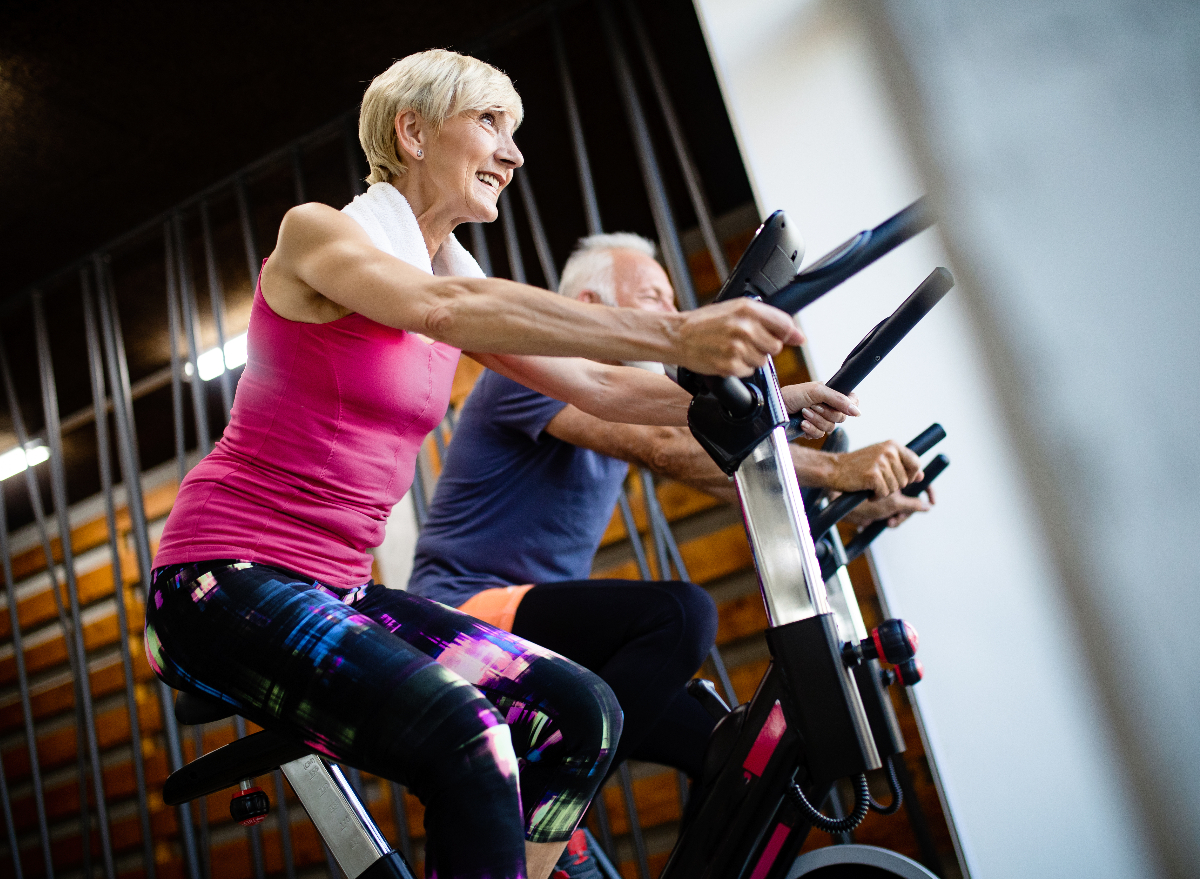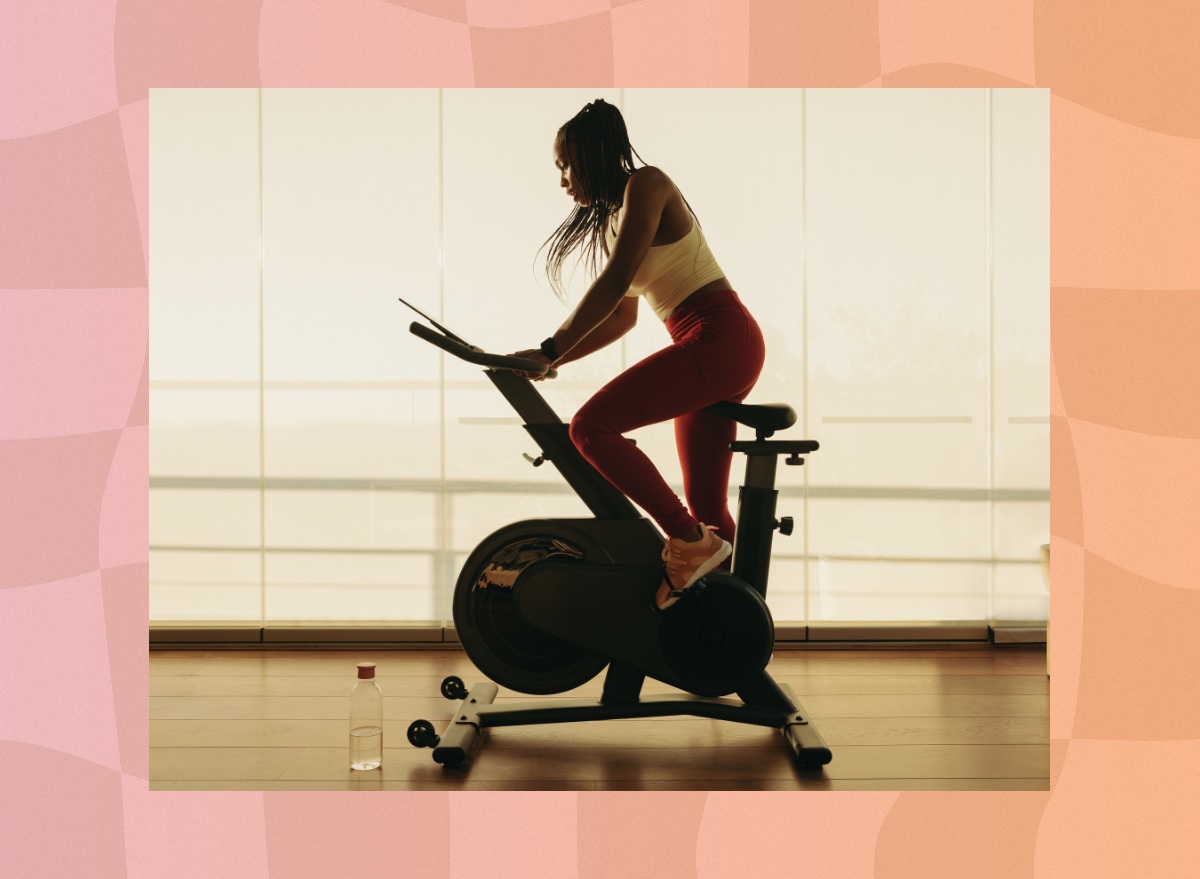How To Use Interval Cycling for Weight Loss
Cycling is not just a fun way to get around; it is a powerful tool for weight loss, fitness, and overall health. Whether you are leisurely riding through scenic paths or sweating it out on a stationary bike at the gym, cycling offers numerous benefits. Its combination of cardio and strength training effectively boosts metabolism, making it an excellent choice for shedding extra pounds. Today, we will delve into the world of interval cycling for weight loss, taking your cardio routine and calorie-burning potential to the next level.
One of the great things about cycling is its low-impact nature, making it perfect for those with joint issues or those just starting their fitness journey. Unlike high-impact activities like running, cycling is gentle on the knees and hips while providing an effective workout. Being low-impact allows you to cycle longer and more frequently without the risk of injury. Additionally, by using the handlebars effectively, cycling engages multiple muscle groups, including the legs, core, and upper body.
Now, let's talk about the interval aspect. Mixing up your cardio workouts with intervals instead of sticking to steady-state exercises is crucial for avoiding plateaus and keeping your workouts interesting. Steady-state workouts, where you maintain a consistent pace, can become monotonous over time, and your body may adapt to the routine, reducing its effectiveness. Interval training, which involves bursts of high intensity followed by recovery periods, constantly challenges your body in new ways, keeping your metabolism elevated and preventing boredom.
Stay with me as we explore how interval cycling, a dynamic variation of traditional cycling, can enhance your weight-loss efforts. You will learn about the science behind interval training, how to implement effective interval cycling routines, and different interval methods. Whether you are an experienced cyclist or a beginner, this guide will provide you with the insights and strategies needed to take your fitness to the next level. Ready to ride?
What is Interval Training?


Interval training involves alternating between high-intensity exercise and low-intensity recovery or rest periods. This technique maximizes calorie burn, improves cardiovascular fitness, and boosts overall endurance.
The flexibility of interval training makes it suitable for various fitness levels and goals, making it ideal for beginners and seasoned athletes alike. High-intensity intervals push your body to its limits, while recovery intervals allow you to catch your breath, making the workout challenging yet manageable.
Research indicates that interval training can be highly effective for weight loss. By alternating between intense bursts of activity and periods of rest or low-intensity exercise, you elevate your heart rate and boost your metabolism, resulting in increased calorie burn during and after your workout. This phenomenon, known as the afterburn effect or excess post-exercise oxygen consumption (EPOC), means your body continues to burn calories even after you finish your workout.
Interval training also helps enhance your VO2 max, the maximum amount of oxygen your body can utilize during intense exercise, improving your aerobic capacity and endurance. Moreover, it can be tailored to suit your fitness level and preferences. Whether you are cycling, running, swimming, or doing bodyweight exercises, the principles of interval training remain consistent. This adaptability makes it a potent tool for individuals looking to lose weight, build strength, or enhance their overall fitness.
In the upcoming sections, we will delve into how to effectively utilize interval cycling for weight loss, including practical tips and various interval methods to incorporate into your routine.
How to Use Interval Cycling for Weight Loss


Using interval cycling for weight loss requires structuring your workouts to include alternating bursts of high-intensity cycling with periods of low-intensity recovery. To get started, you need a basic understanding of how to set up these intervals.
A typical interval cycle may consist of 30 seconds to two minutes of high-intensity pedaling followed by one to three minutes of easy cycling or complete rest. Depending on your fitness level and goals, this cycle repeats for a set duration, ranging from 20 to 30 minutes.
To maximize the effectiveness of interval cycling, it is crucial to push yourself during high-intensity
